Herewith are my ideas and I hope you may see them without that rash, smug, arrogant attitude scientists have towards us ‘little people’.
I.
My concept of Nothingness. I approach it by looking at any entity or object. The more I focus on any particular spot on the object, the less I see.
Therein begins the paradox.
The more I try to focus on an object [say a cat], the less I can relate to the image I am supposedly seeing. I say ‘supposedly’, because ultimately when one focuses most intimately on any entity, one ultimately sees nothing.
As I back away from the observed object, I regain my vision. I find, therefore, the constituents of any observed entity are composed of nothingness, or a plural of nothingness.
You see already, language difficulties arise here because this field I’m discussing is not in the general parlance of linguistics. Nevertheless, I can say that any observed object is the summation of the ‘nothingnesses’ [yes, I’m ‘creating’ the plural of ‘nothingness’] that are its constituents.
But there is more in these counter-intuitive ideas I’m proposing.
II.
I correspond with British philosopher Sir Roger Scruton and he wrote to me saying one of mind’s ‘distinctive feature’ is its ‘intentionality’. I wrote back saying that I must kindly disagree with him. If anything, chaos, randomness is the predominant feature of the mind. Let us think of this. To what degree are we conscious of our mind and to what degree are we unaware/unconscious of our mind and of its acts? I say, a majority of all our feelings, acts, behaviors, language, emotions are created by the unconscious.
Let us take the physical side of our bodies. Think of the numberless motions going on inside and outside that are being done without us knowing of them.
- Examples of actions of our body: You are sitting and having a pleasant conversation with a friend of yours. How many times does your body shift during the conversation? And to be far more specific, how many times does your hand move for no reason [meaning, there was no causative factor, such as an itching or because your hand was uncomfortable]? The answer is: there are a numberless amount of movements. Who controls these movements? It’s your unconscious.
- Examples of actions of our mind: How many times do you notice you say words you did not intend to say? How many times do you notice you feel emotions you do not wherefrom they arose? How many times do you notice you laugh, yet you do not know why? These are all examples, of the unconscious controlling and acting on your behalf.
These questions go to the heart of the inquiry raised by Sir Roger, that is, on ‘intentionality’. For the latter must assume some ‘entity’ being in control. I propose intentionality is primarily a provenance of the unconscious.
III.
Now I would like to get to the essence of my theory on the Mind and how it is connected to Reality.
When we blank out, what happens to our mind? Well, by definition, when blanking out, we see, smell, sense, remember, think, hear and feel – nothing. I propose in that state of mind, our mind, our sense of ‘Self’ is functionally rendered extinct or eliminated. In other words, our mind/sense of Self/’I’ becomes functionally as the nothingness itself.
IV.
When we see an object or when we think of an object and if we are totally concentrating on that action, then, our mind, our sense of the ‘I’, our sense of our ‘Self’ is also eliminated. We become as the observed image or thought. Suppose I think of the image of a cat. Suppose I am fully focusing on that image of the cat.
Here is the key, controversial point: Suppose I am so focused on seeing the image of the cat, I am therefore thinking, sensing, feeling absolutely nothing else. Now, I propose that in that time-frame, the Observer’s mind, that which is only thinking of the image of the cat, becomes the image itself.
In other words, the functional physicality of our Observer no longer exists, relative to his sense of the ‘I’ or self. Our mind’s functionality exists only insofar as the particular attributes of what he is seeing or thinking to the exclusivity of everything else.
This all depends on what I call the ‘Awareness Factor’. As long as the Observer fully concentrates on the image or thought and on nothing else, then his mind’s attributes become equal, the same as that which he is seeing or thinking about.
We can now see a similarity between I, II and III. In all cases, our mind, our ‘Self’, our physicality is eliminated relative to our self.
V.
I now propose that the state of seeing ‘nothingnesses’ and the state of the mind of the person whose mind is blanked out are functionally the same – because they have the exact same attributes; that is, exist in a world/realm of nothingness.
In other words, if we assume an Awareness Factor of one hundred percent, then –
1. when we see the smallest component of an observed image, we see nothing;
2. when we blank out, our mind becomes functionally in a state of nothingness;
3. when we see an object or think of an object [and do nothing else], so too our mind becomes whatever it is we are seeing or thinking about;
Therefore, in each case, our mind becomes or assumes the characteristics/attributes of that which the mind is one percent focusing on.
VI.
How much of the outside reality do we know? Superficially, we think we see the reality that surrounds us. But, of course, our minds know, sense, see, smell, hear a fraction of the ‘reality’ beyond and within us. Just as our eyesight can only see a limited band from the electromagnetic range, so too is our mind extremely limited in its perception of what it can sense of its surroundings.
Simple example. You sit in your room. How much of the attributes of you and your room are you aware of? I suggest it is an infinitesimal amount. [I’m deliberately avoiding the subject of Time here]. Therefore, our knowledge of our reality is infinitesimal when compared to the complexities surrounding us.
VII.
What is the ultimate state of matter?
That’s a known theoretical physicist question. It’s the atom. It’s sub-atomic particles. It’s a wave and a particle [complementarity]. It’s made up of quivering ‘superstrings’. And for all these answers, we shall come back and still ask the obvious, “Yes, you say ‘ultimate’ matter is made of superstrings, but what are they made of?”
I propose, that ultimate reality is made up of these aforementioned pluralities of ‘nothingness’, which in their summation create a recognizable vision or sense for the observing individual.
Furthermore, just as the atom is essentially empty, over ninety-nine percent, so too I propose, our mind is essentially empty, a nothingness, given our physiological limitations, as discussed in part VI.
Going back to the Awareness Factor, I propose that our sense of ‘I’/’Selfhood’ only exists when we react, and/or are aware of an event, sound, scenery, thought, memory, emotion, scent.
Otherwise, ‘we’ as an individual do not exist relative to ourselves, so long as we are not interacting and aware of the aforementioned attributes.
Eerily, exactly as in quantum physics, the attribute of matter – wave or particle – is only determined when observation is made [observation by a human and/or by any detecting device]. That is precisely when the dualistic wave-function collapses into being one or the other. So too, it is with attributes of our mind. In other words, the attributes of our sense of our ‘I’, our ‘individuality’, our consciousness can only exist once we observe and/or detect any phenomenon within our minds and/or outside our minds.
I say ‘eerily’ but perhaps that is not quite true – since we humans are made of the exact same atoms and it is not necessarily surprising to understand that we have their attributes.
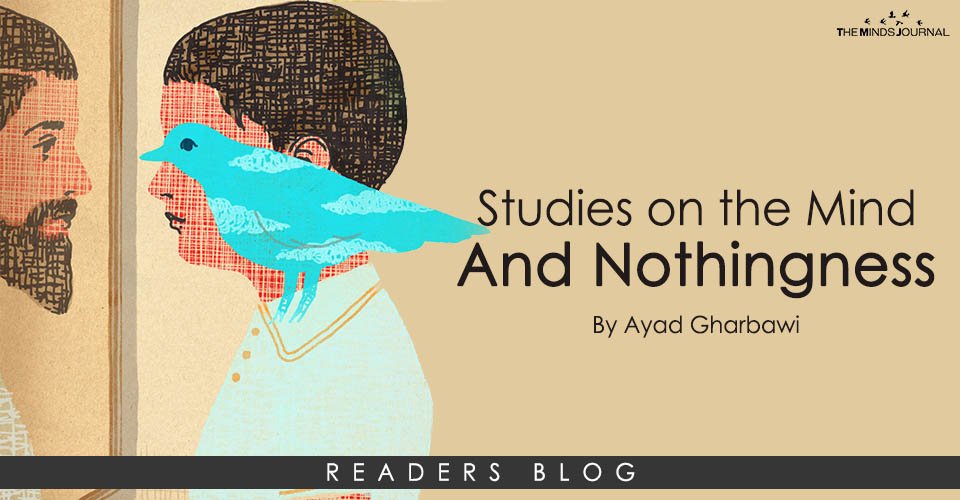
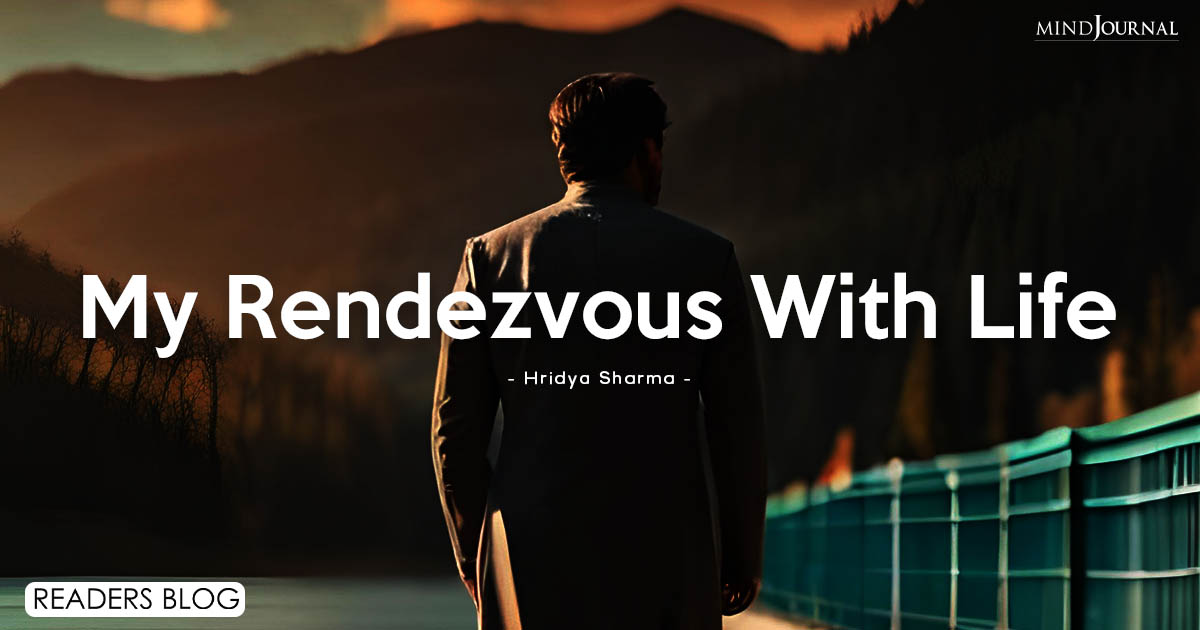
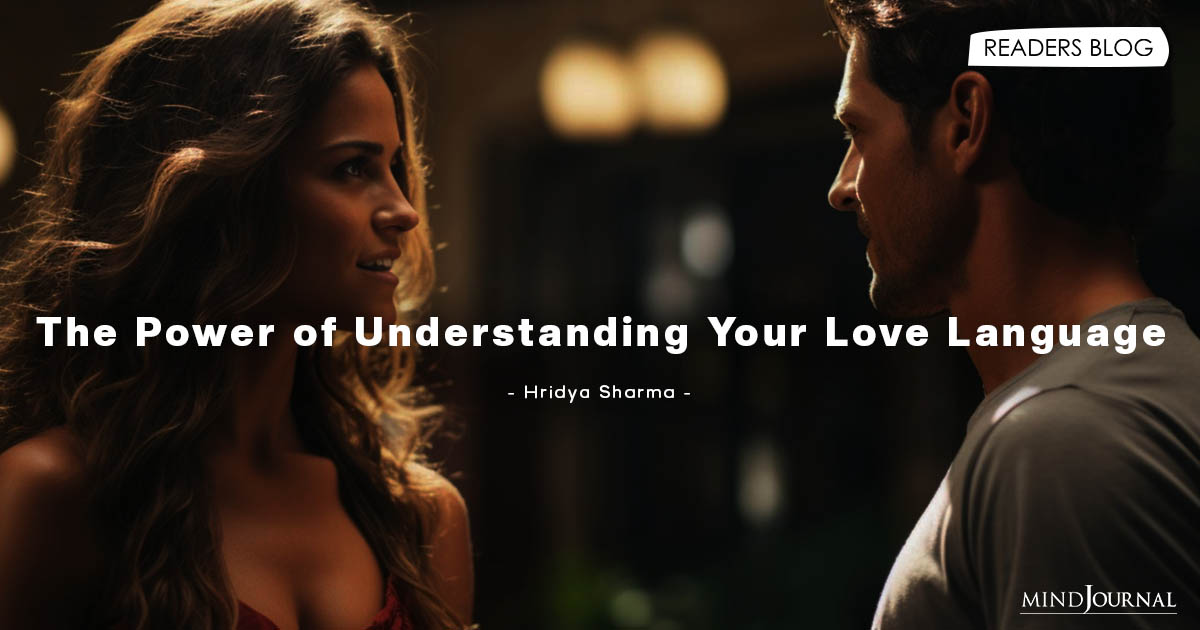
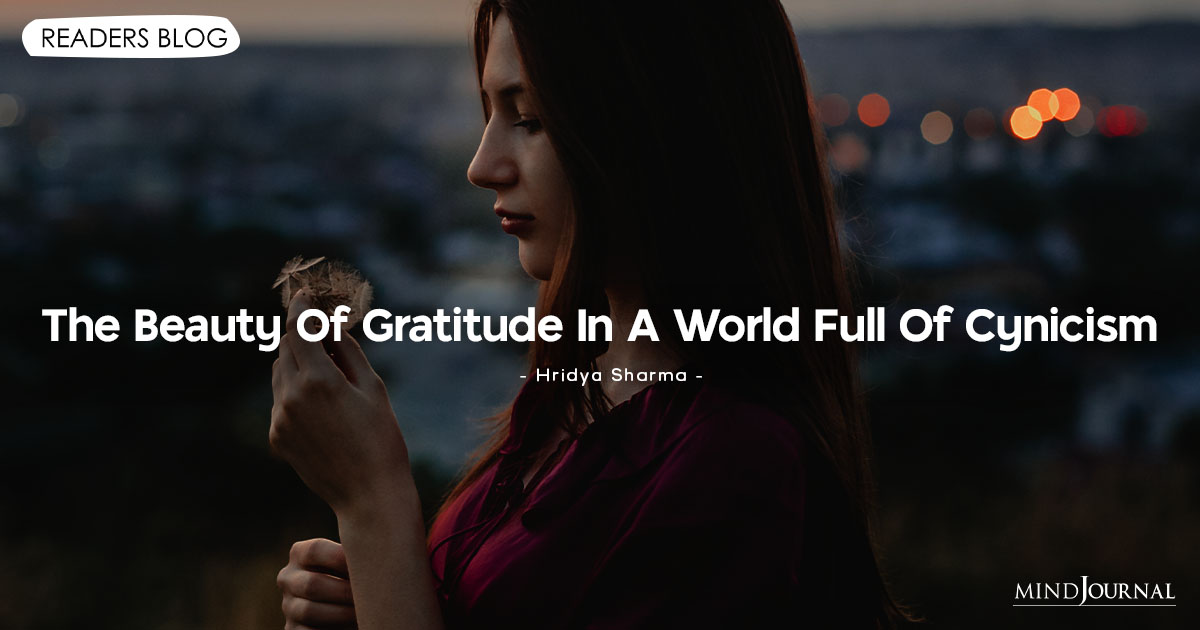


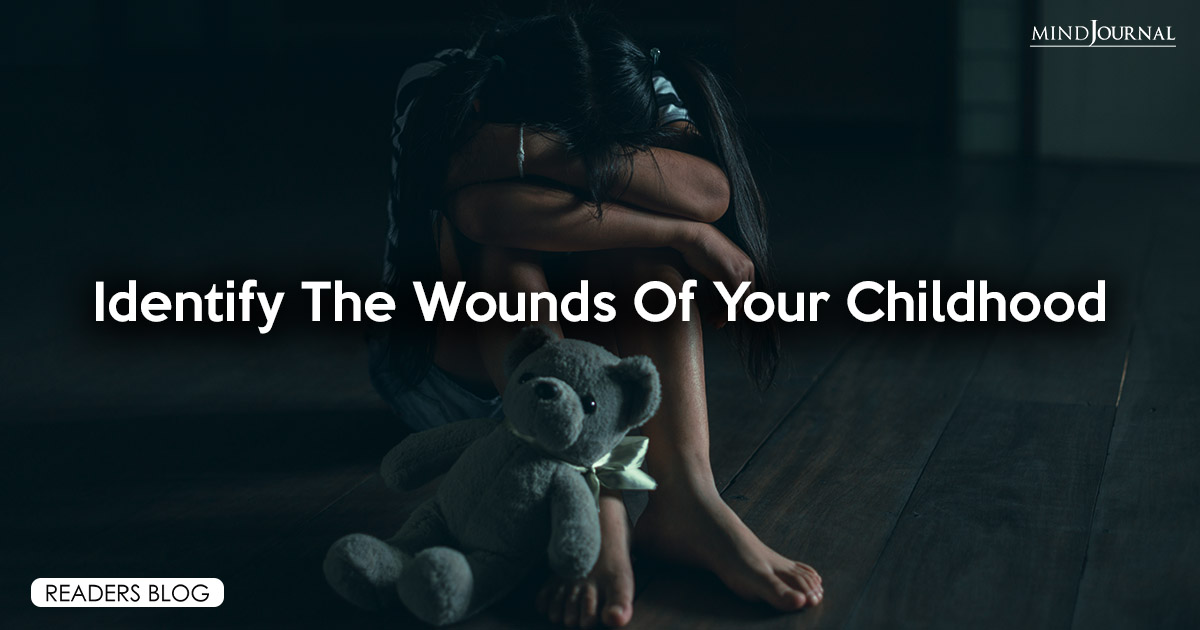
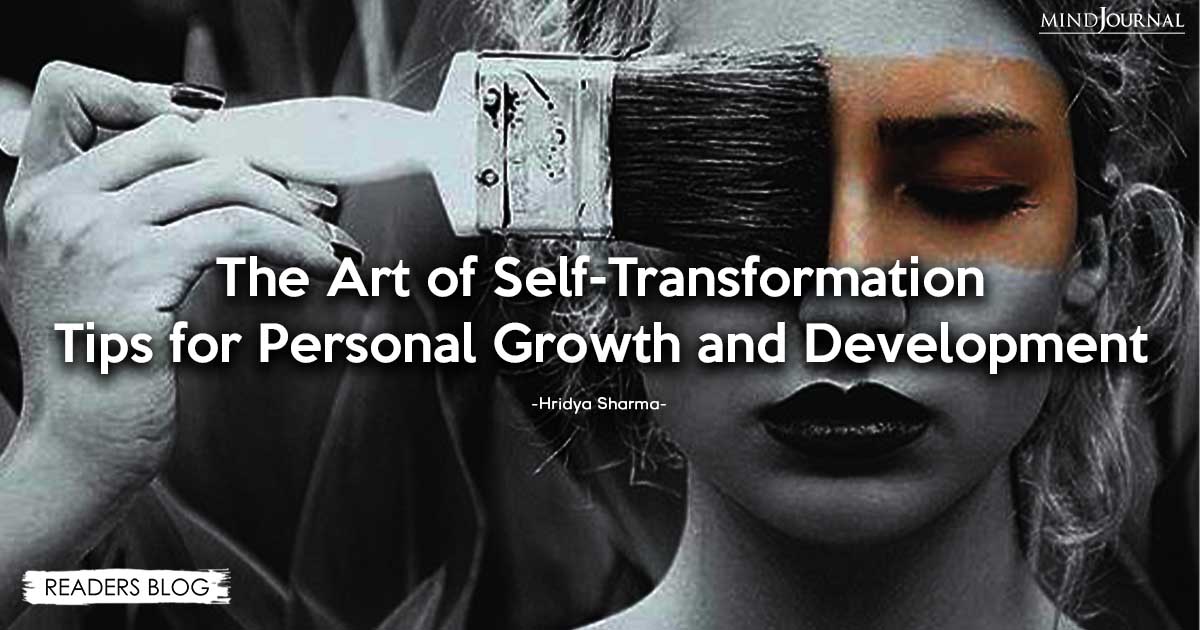
Leave a Reply
You must be logged in to post a comment.